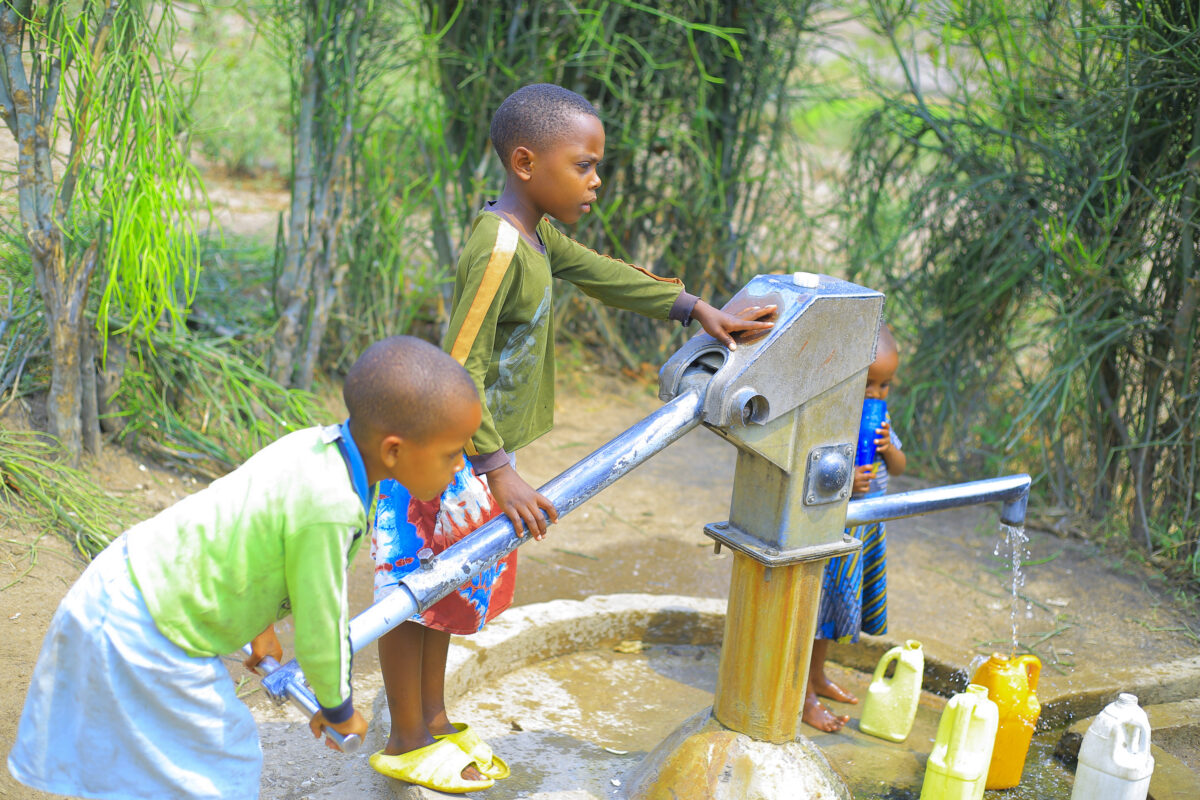Southern Province, Rwanda – In a significant move to enhance access to clean water in Rwanda, ARDE/KUBAHO, in collaboration with Guangzhou Iceberg Environmental Consulting Services Co., Ltd, is spearheading the maintenance and repair of 102 boreholes across the Ruhango and Kamonyi districts. This initiative, under the Golden Standard project, aims to sustain clean water supply, improve hygiene, and boost overall community well-being in these areas.
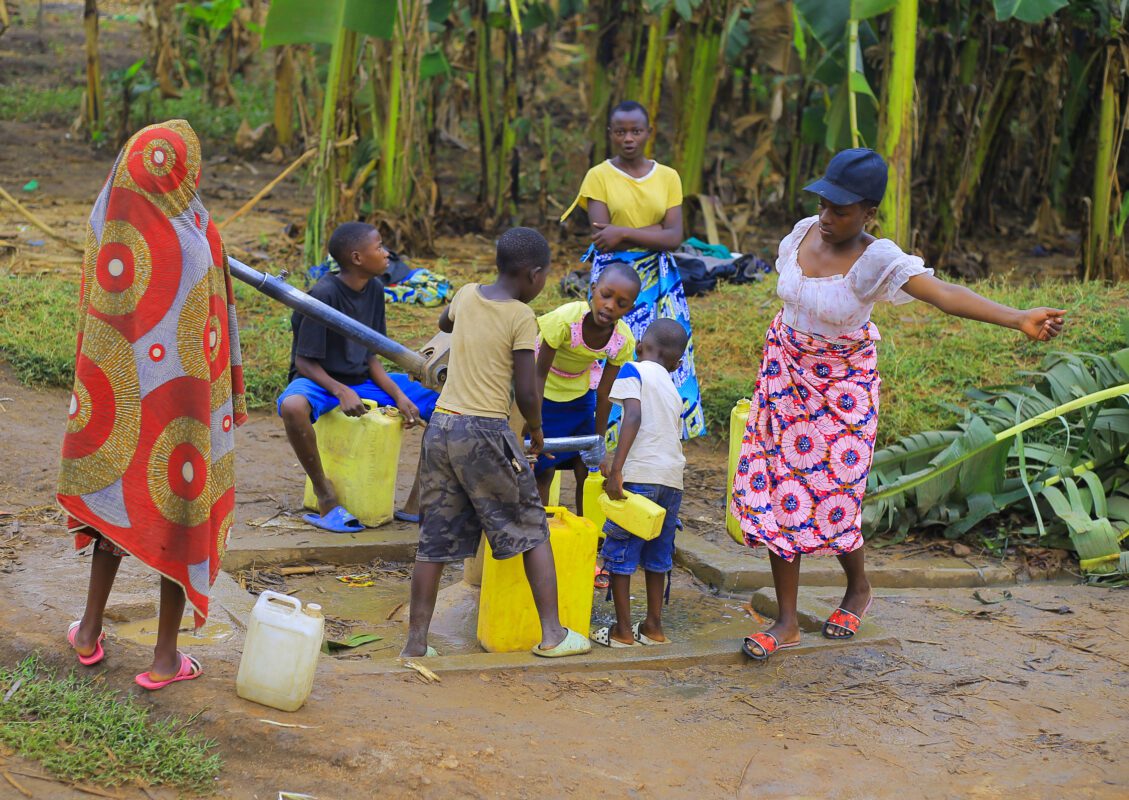
Residents fetching water at a Borehole in Ruhango District.
The partnership, which involves close cooperation with local authorities in both Ruhango and Kamonyi districts, is currently in full swing. In Ruhango district alone, 92 boreholes are being maintained, while 10 boreholes are receiving attention in Kamonyi district. These boreholes are vital in providing clean and safe drinking water, reducing the need for residents to fetch water from contaminated sources.
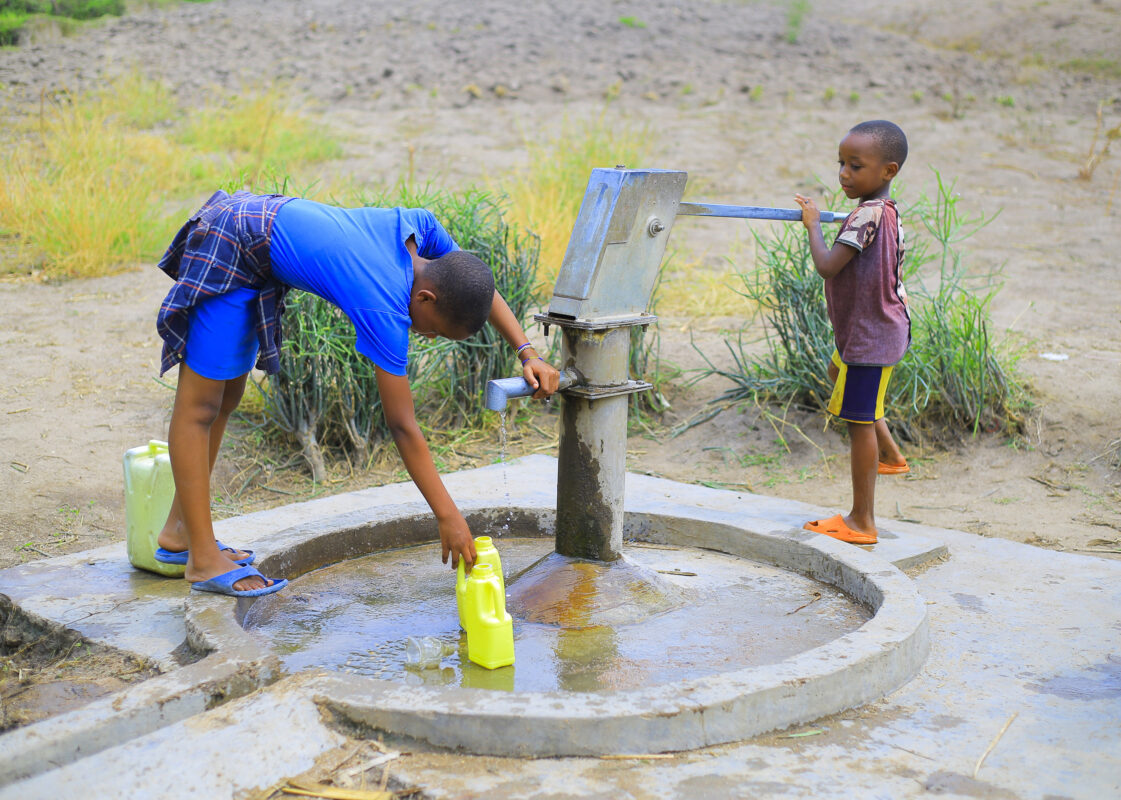
Children fetching water
Environmental and Community Impact
The restoration of these hand-pumps is not just a technical exercise; it’s a lifeline for the communities they serve and a step towards protecting the environment.By maintaining these boreholes, the project helps prevent environmental degradation.
By providing communities with clean, accessible water, the need to rely on unsafe, untreated water sources is reduced, protecting these natural resources from overuse and contamination. Moreover with ensuring a continuous flow of clean water, the project directly contributes to better hygiene and sanitation practices, significantly lowering the risk of waterborne diseases. Beneficiaries have reported that children no longer miss school to fetch water, and mothers are relieved from the back-breaking task of fetching water from distant sources.
Moreover, the time and money saved by having access to clean water close to home allow residents to engage in productive activities and use their resources more effectively, contributing to the overall development of the community.
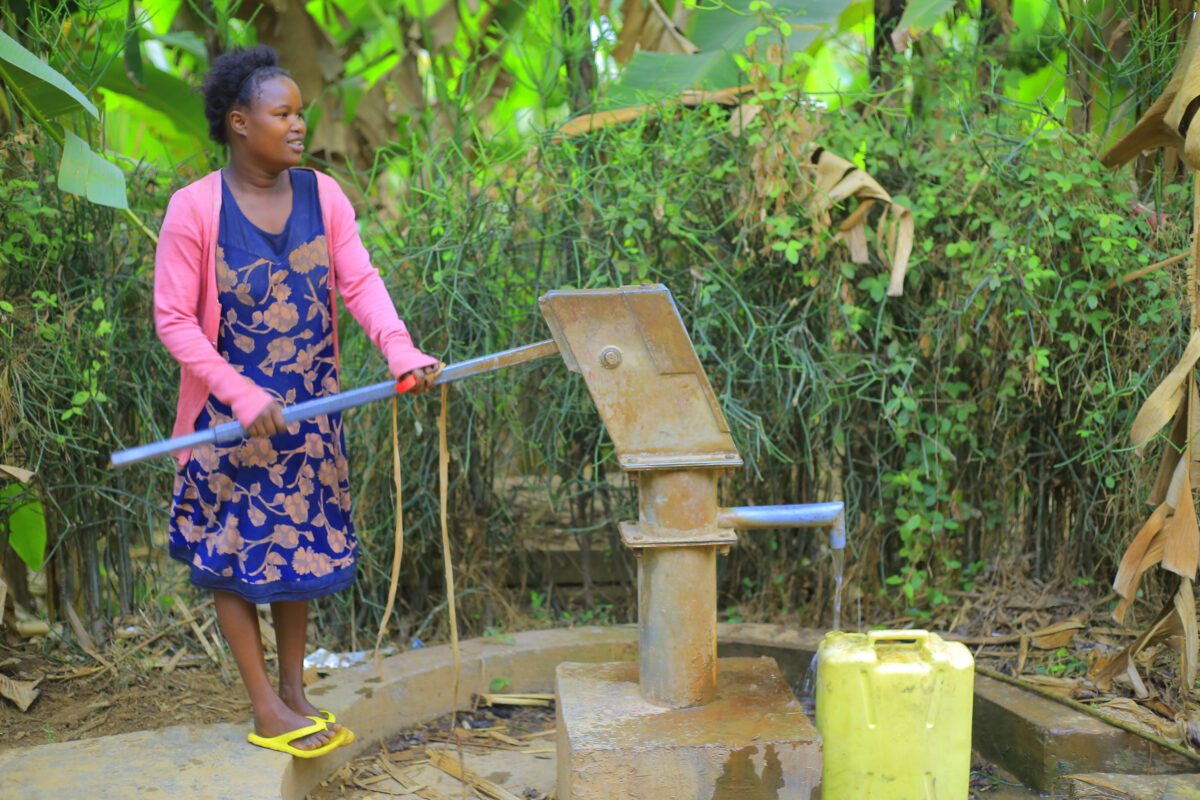
Espérance , a Kamonyi resident looking for water early in the morning.
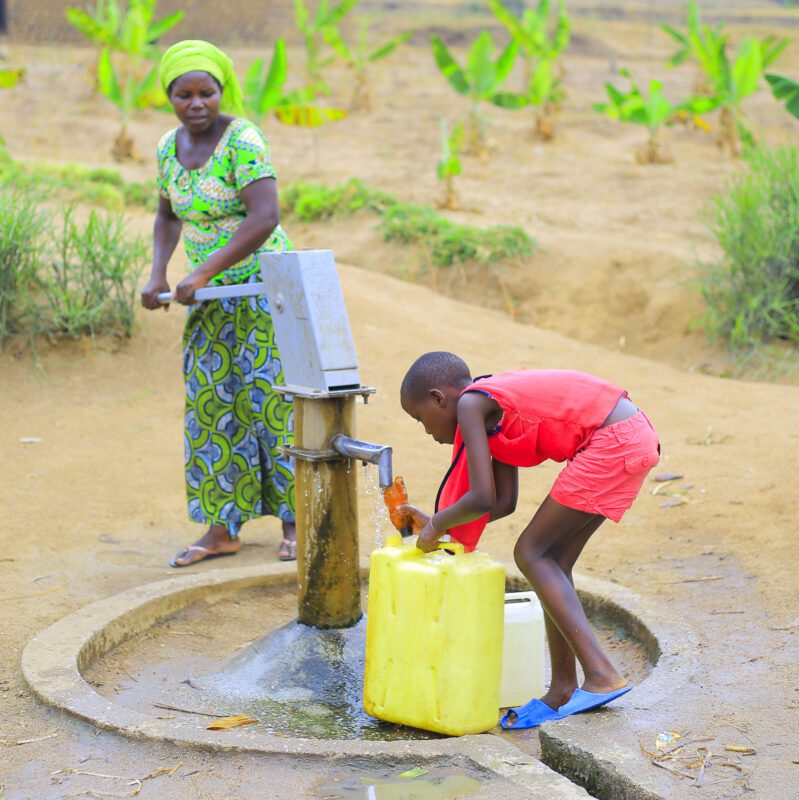
Martine,a mother of 3 fetching water with his son

A typical well functioning handpump
Sustainable Maintenance
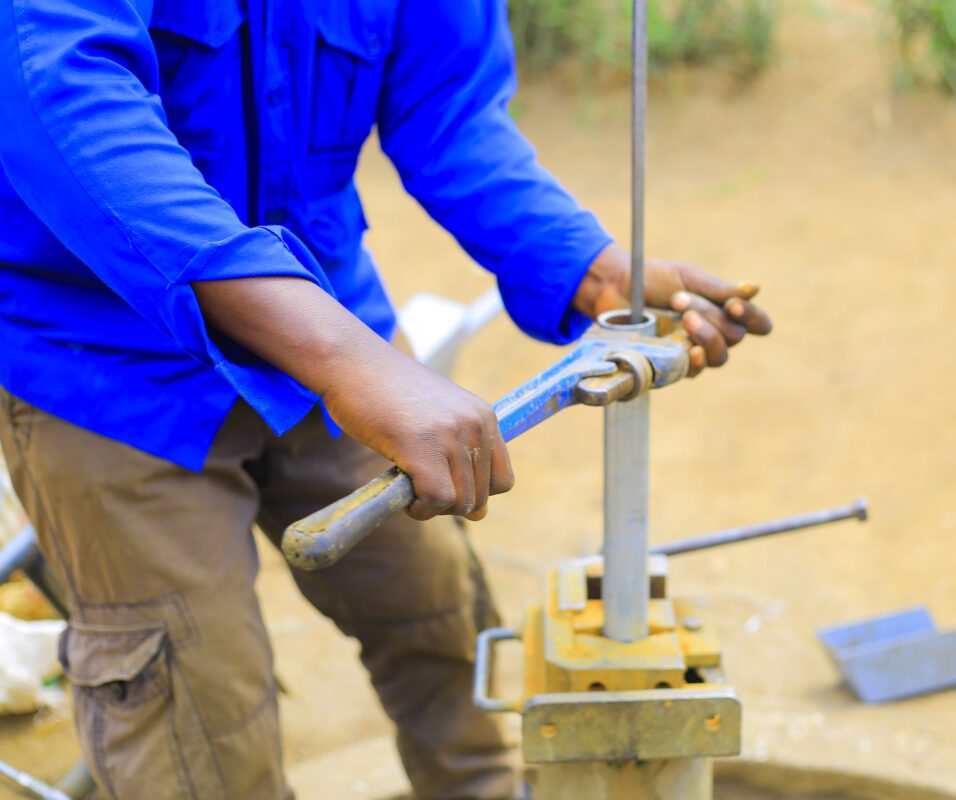
ARDE/KUBAHO has ensured that the maintenance of these boreholes is sustainable by employing skilled technicians to oversee the repairs. Additionally, local management committees have been established in each area with a borehole. These committees are tasked with reporting any malfunctions, ensuring timely maintenance and continuous access to clean water.
Borehole Repair Process
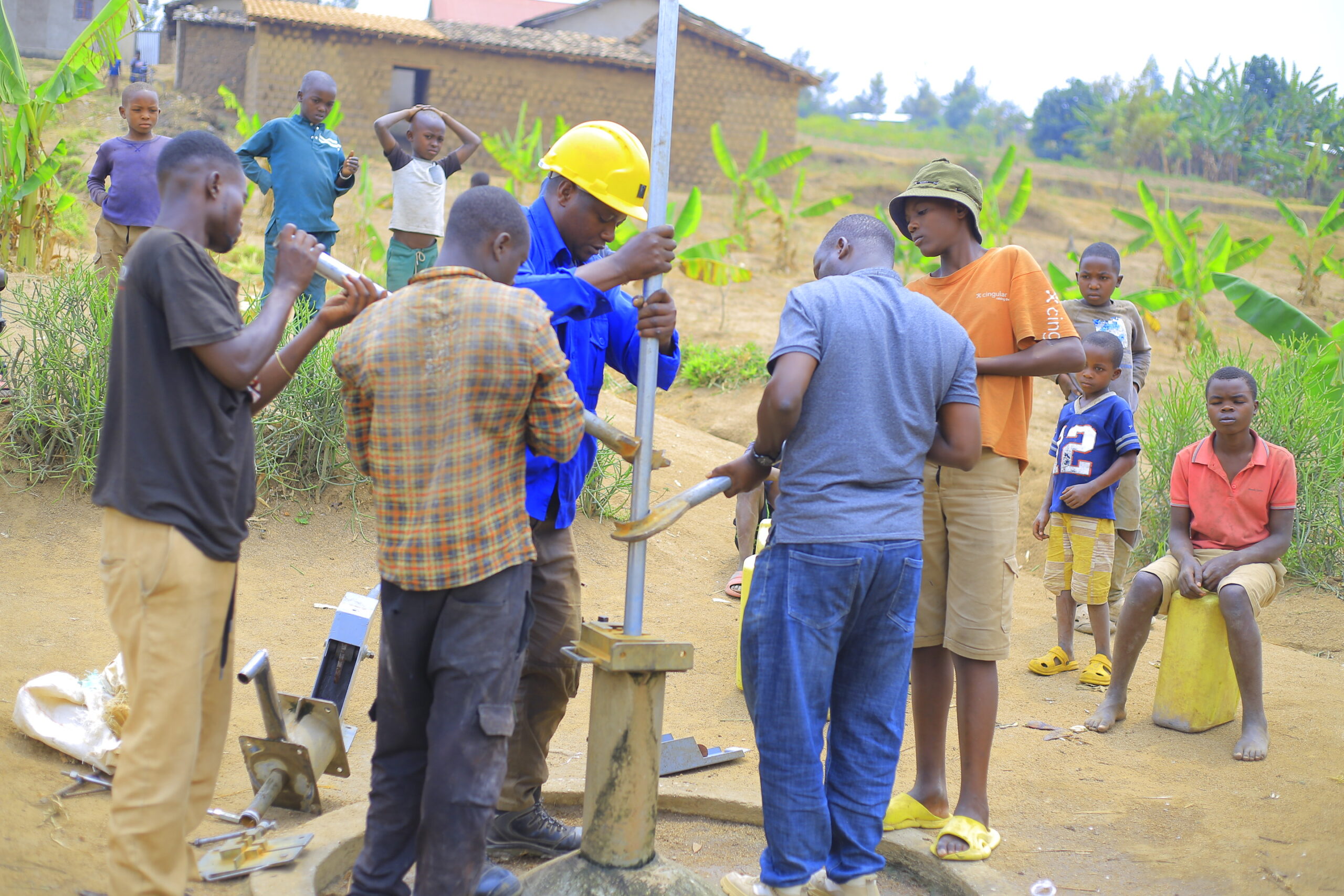
The borehole repair process is meticulous and involves the following steps:
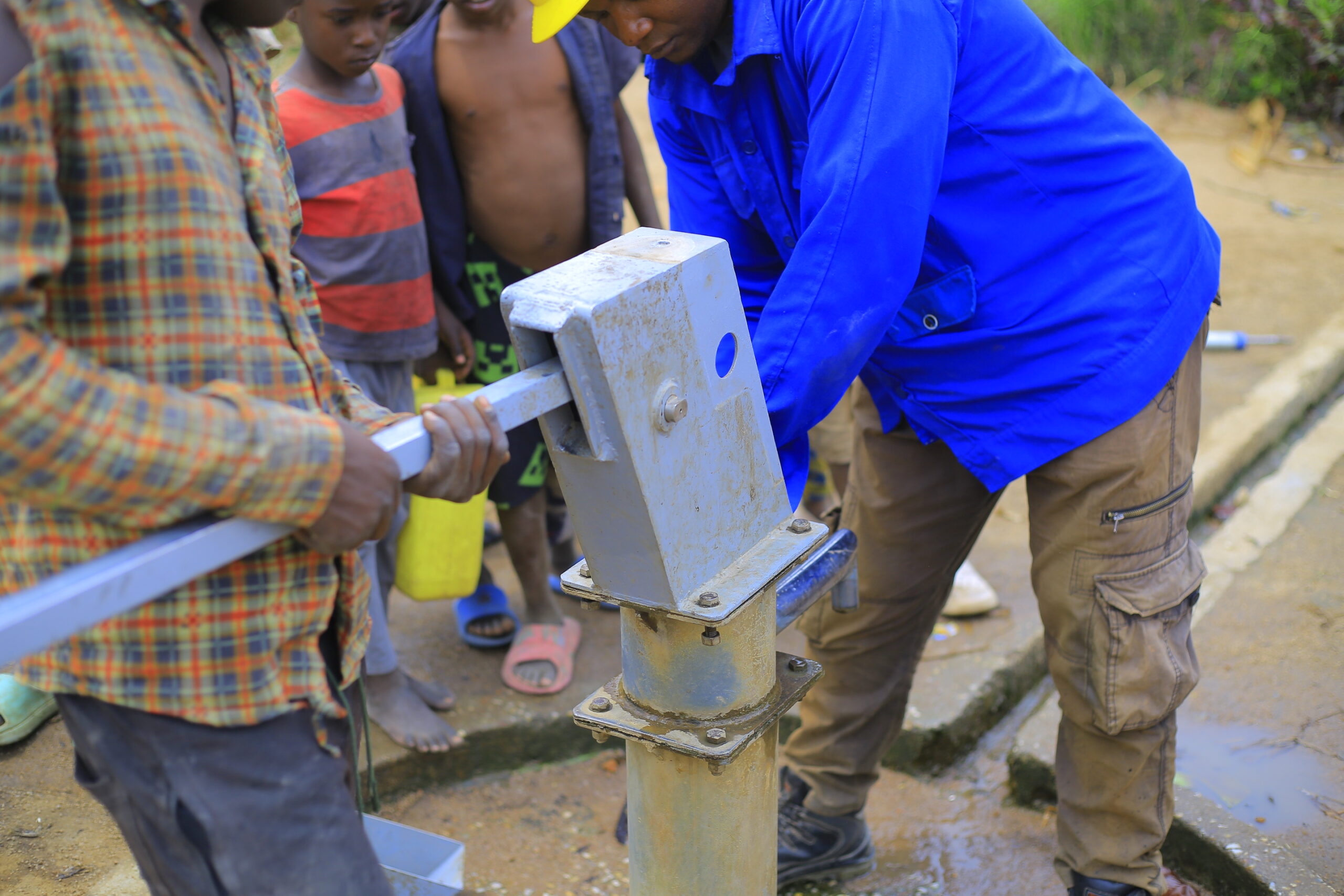
Step 1: Remove old parts from the well, including the head, handpump, spout, pipes, rods, and pump. This involves lifting each pipe out of the well one-by-one, typically requiring 3 or 4 people

Step 2: Inspect all removed parts for damage. Refurbish salvageable parts and discard any that are too worn out.

Step 3: Measure the depth of the well using a weight attached to a tape measure. This determines the distance from the surface to the water and the depth of the water, helping to decide how many new pipes are needed.

Step 4: Connect the pump (either new or refurbished) to the first piece of new pipe. Lower the pump and pipe into the well, adding additional pipes until the pump is submerged in water

Step 5: Install the spout, head, and hand pump (either new or refurbished) on top of the well

Step 7: Final step—pump the hand-pump for about 20 minutes, or until the water runs clear. This removes old water that was sitting in the well and mixes the chlorine solution into the water, making it safe to drink.
This ongoing project that started in 2021 is a testament to the power of partnership in addressing critical needs in developing countries. Through the combined efforts of ARDE/KUBAHO, Guangzhou Iceberg Environmental Consulting Services, and the local communities, access to clean water in Ruhango and Kamonyi districts is being secured, contributing to healthier, more resilient communities.
